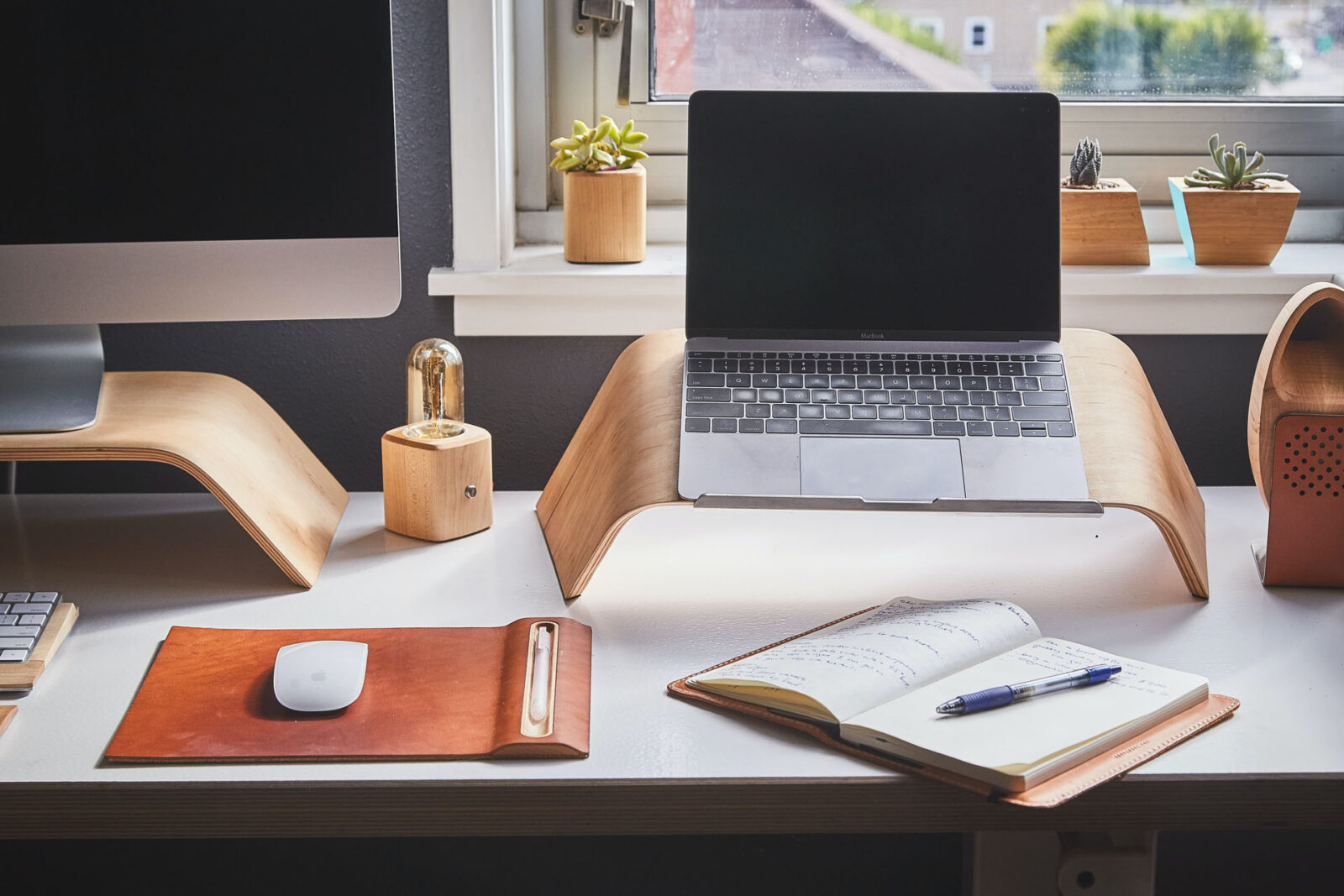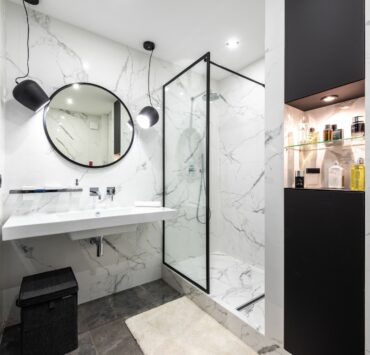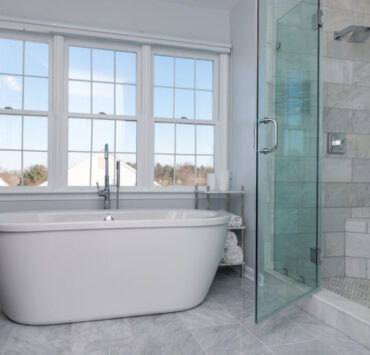CNBCTV said it right. “Hybrid working became the norm for most this year, and it hasn’t been an easy transition. Switching between multiple work contexts, environments and tools can be challenging — unless you’re making your technology work harder for you.”
In recent years, more and more people have juggled a dual workspace set up; from home and from the office. For those who have been given the option to work remotely to any degree, it’s become evident that having the right at-home work set up is crucial for staying productive and focused. As CNBCTV pointed out, making technology work harder for you is key in ensuring at-home work productivity. To prime your home workspace, here are some tips to help you create a home workspace that’s conducive to getting things done.
Choose the right location
The first step to creating a productive workspace is to choose the right location. Ideally, your workspace should be in a quiet area of your home where you can focus without distractions. Avoid high-traffic areas or places where you’re likely to be interrupted by family members or pets. If possible, choose a location with natural light, which has been shown to improve productivity and mood.
If you have the option of dedicating an entire room in your home as a home-office, go for it. The more physical barriers your location provides, the better sense of work/home separation you get. If you don’t have a spare room to create a dedicated home office, a designated work desk in a low-traffic area is the next best thing.
Invest in the right equipment
To be productive in your home workspace, you need the right equipment. The same way you’d have the right equipment in a formal office, a home set-up should be the same. Equipment such as a comfortable work chair, a proper-sized desk, a work-computer and high-speed and reliable internet connection is the bare minimum. If you’ll be on video calls, you may also want to invest in a good quality microphone and camera.
Depending on the nature of your work, have all the right tools and equipment set up. Having a workspace that doesn’t work for you such as a poor internet connection or out-dated computer derails productivity more than you’d realize.
Keep it organized
A cluttered workspace can be distracting and make it difficult to focus. While you may feel like you’re working hard, you may not be actually achieving as much as you should amidst a cluttered physical and digital workspace.
Take the time to maintain a clean and clutter free work area to eliminate distractions and boost productivity. Creating a simple organization system for yourself works wonders as well at keeping on top of your to-do’s.
A fantastic starting point for organization is to maintain a desk primed for productivity. Keep it clear of unnecessary items and make use of storage solutions like drawers, mini shelves, and storage bins to keep office items like pens and paperwork organized. Minimizing visual distractions on your desk helps keep you focused.
Paired with keeping your desk organized, it’s essential to keep your digital workspace organized too. Organize your files accordingly and make technology work for you. Create separate files, browser profiles, accounts etc. that are dedicated to your working persona. Make use of digital work and organization software such as Notion, Asana, Evernote, Slack etc. which offer customizable organization features that help keep your work life in order.
Set boundaries
One of the biggest challenges of working from home is setting boundaries between work and personal life. You need to establish clear boundaries between the two to ensure you’re able to be productive during dedicated work hours.
Again, set physical and digital boundaries. Depending on your living situation, there are several measures you can take. The big idea is to make it clear to house members and yourself that the time you allocate for work is a time you shouldn’t be disturbed. Some ways of setting boundaries include:
- Establishing clear work hours
- Creating a ‘work’ profile on your phone so you don’t get distracted from non-work related alerts.
- Creating a separate browser profile dedicated for work accounts.
- Closing the door in your home office during office hours.
- Consider a divider to section-off your work desk in an otherwise common area in your home.
Make technology work for you
Technology is a powerful tool that, when used correctly, can significantly boost productivity. One of the best ways to leverage technology is by using productivity apps and tools. These apps can help with time management, task organization, project management, and more. Popular options include Trello, Asana, Todoist, and RescueTime.
Automation tools can also help streamline repetitive tasks, saving time and increasing efficiency. For example, IFTTT and Zapier allow users to automate actions, such as scheduling social media posts or automatically sending emails.
Finally, communication tools like Slack, Zoom, and Microsoft Teams allow for seamless collaboration, increased productivity, and faster problem-solving. With technology, you can optimize your productivity, achieve your goals, and stay ahead of the game while doing less.
Take breaks
With all that said, taking regular breaks is part of the discipline of staying productive. Breaks are essential for recharging your mind and body and avoiding burnout. Prioritize scheduling in short breaks throughout the day to move, hydrate and nourish your body. Individuals have their own ‘window of productivity’ so work for however long you’re capable of and schedule breaks in between. This will ensure you’re productive throughout your entire work day without feeling totally spent.
Creating a productive home workspace takes preparation, but it pays off greatly. By choosing the right location, investing in the right equipment, keeping your workspace organized, leveraging technology, setting boundaries and taking breaks, you can create a workspace that’s conducive to getting things done and achieving your goals.








